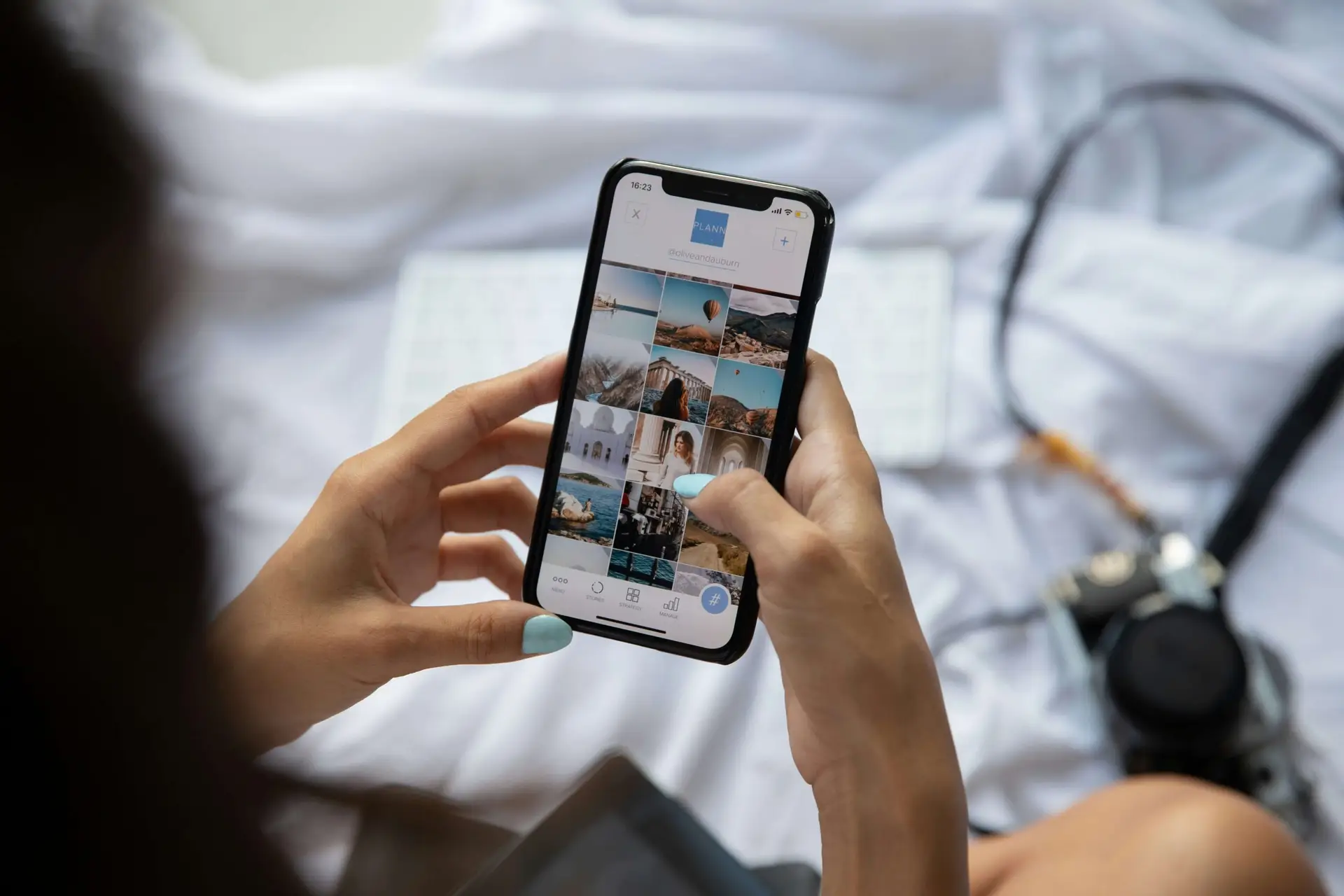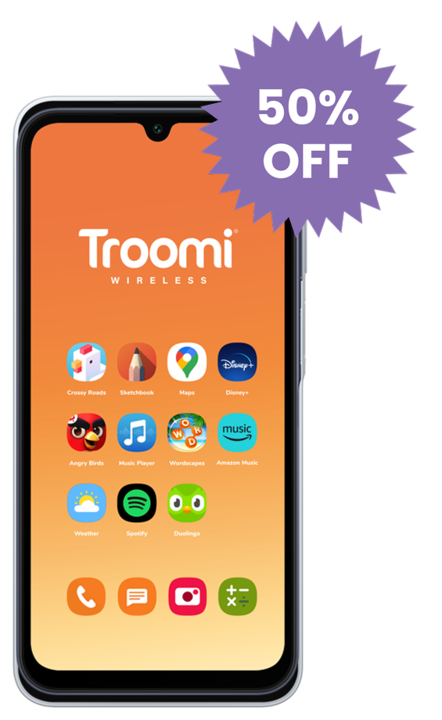The debate surrounding cell phone use in schools has become increasingly heated in recent years. Where some parents and educators see a device that serves as a potent tool for learning, others fear phones as nothing more than a gateway to distraction and misuse. It’s a contentious issue with no clear or universally acceptable solution. But as technology continues to permeate every aspect of our lives, it is crucial to have a thorough understanding of both sides of the argument. In this blog post, we will answer the question of should phones be allowed in school, suggest strategies to handle potential negatives, review expert opinions, and propose a balanced approach.
The Benefits of Bringing Phones into the Classroom
Enhanced Parent-Student Communication
A smartphone provides an invaluable lifeline between parents and children. In the event of an emergency or last-minute changes to plans communication is at the tip of the student’s fingers. With appropriate use, this could offer substantial peace of mind for parents while fostering independence in students.
Educational Apps and Resources
Smartphones, when used deliberately, can be potent educational instruments. From language apps to digital textbooks, the educational market for smartphones is burgeoning. This offers personalized learning and access to a wealth of information that can supplement and enhance traditional teaching methods.
Preparation for the Digital World
Banning phones in school can give the false impression of a safe, phone-free bubble. However, the reality is quite the opposite. The development of digital literacy and responsible digital citizenship should be part of the modern school curriculum. Allowing controlled phone use is a critical step towards preparing students for life in a hyperconnected, digital society.
The Drawbacks of Phones in the Classroom
Distractions and Academic Performance
It is no secret that smartphones are a significant source of distraction, not only due to their inherent features but also because of the external apps and messages they receive. The impact on academic performance can be significant, with studies showing that even the mere presence of a phone in the periphery can impair cognitive function.
Cyberbullying and Safety Concerns
The digital world is a complex and sometimes hostile environment. Allowing phones in school can expose students to the risk of cyberbullying or being lured into inappropriate relationships. These concerns are valid and necessitate a serious approach to digital security and wellbeing.
Strategies for Managing Phone Use in Schools
Clear Rules and Guidelines
Establishing transparent and enforceable rules regarding phone usage is a critical first step. Collaboration between parents, educators, and students can lead to a set of guidelines that are understood and respected by all parties, highlighting the appropriate times and manners for phone use.
Encouraging Responsibility
Educational institutions should empower students to use their phones responsibly. This can be achieved through discussions about digital agency, media literacy, and the potential consequences of misuse. Responsibility should be encouraged, modeled, and celebrated.
Technological Solutions
Technology can work both ways, and in this case, it can be a part of the solution. Monitoring and control apps can restrict certain phone functionalities during school hours, ensuring that academic focus is not compromised.
Expert Opinions and Research Findings
Educational Professionals Speak Out
Interviews and surveys with teachers, principals, and education board members often reveal a split – reflective of the polarized parental community – about the role of phones in their educational environments. Many advocate for their usefulness in learning, while others highlight the effort it takes to manage their impact.
Studies on Phone Use in Schools
Quantitative and qualitative research have found that phone usage can have mixed results. While some studies have found that phones can improve digital and literacy skills, others point to the detrimental effects on attention and academic performance.
The Parental Role in the Phone Debate
Open Communication and Setting Boundaries
Parents play a crucial role in managing their children’s relationship with phones. Open communication is key in setting appropriate boundaries that promote safe and productive phone usage. Discussions about the purpose of a phone and the implications of its misuse provide children with the understanding and perspective they need.
Staying Involved in Digital Lives
Understanding the technology their children use is indispensable for parents in today’s digital age. From exploring educational apps with their kids to monitoring digital interactions, parental involvement can mitigate risks and nurture a healthy approach to smartphone usage.
Encouraging a Balanced Approach
Encouraging a balanced approach is the answer. Recognizing both the value of phones in supporting education and the risks of misuse, parents and educators must work together. A clear, realistic set of guidelines should be established and enforced, with the ultimate aim of fostering a constructive relationship between students, technology, and learning. In conclusion, the decision to allow or ban phones in schools is one that deserves serious consideration and a balanced approach. Devices such as the Troomi Wireless smartphone for kids offer a solution that acknowledges the need for communication and safety while minimizing distractions. But regardless of the tool, it is how these devices are integrated into the school environment and their usage that will shape the legacy of our children’s digital education.
Interested in learning more? Click here.


